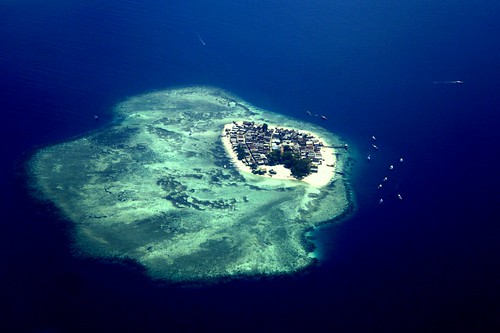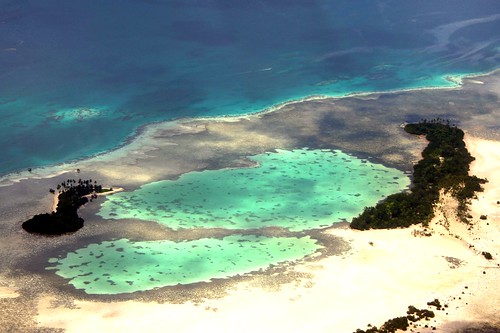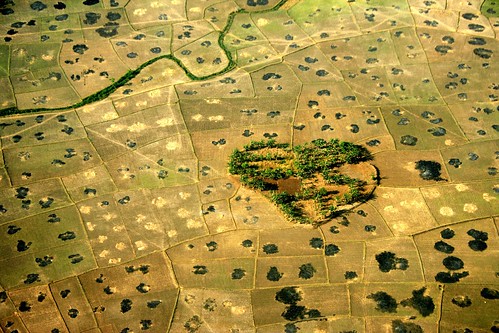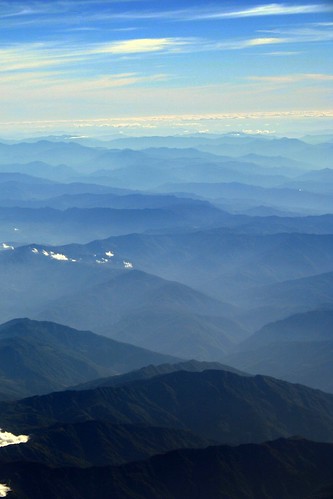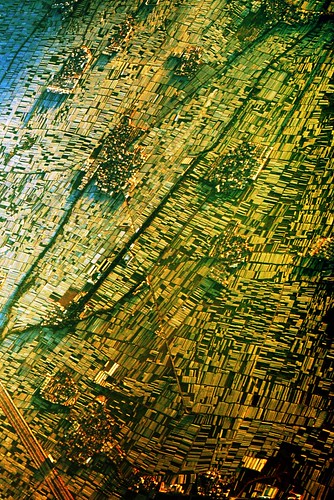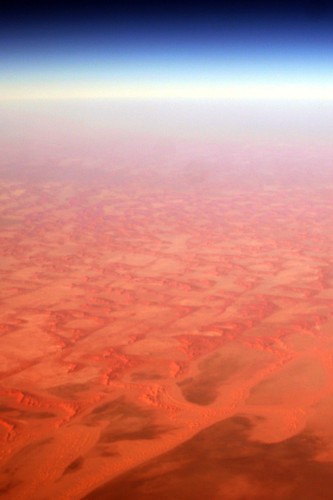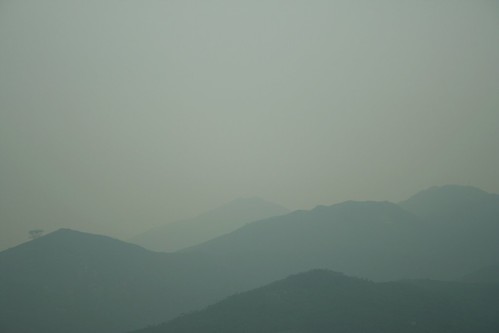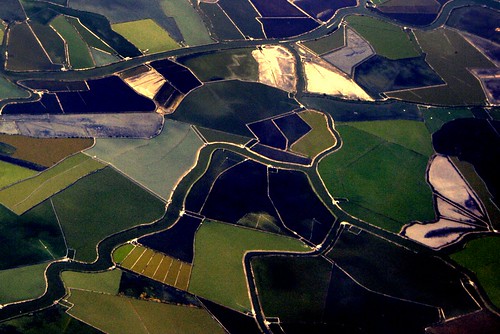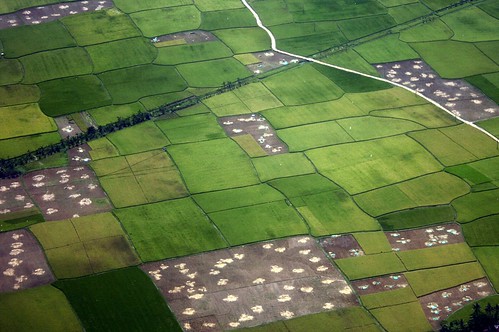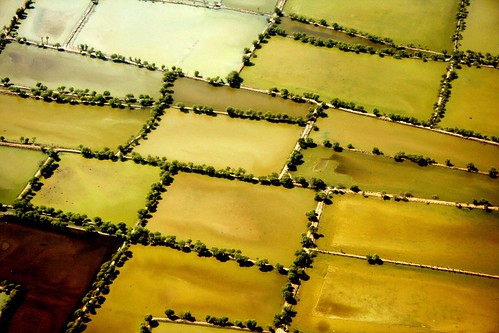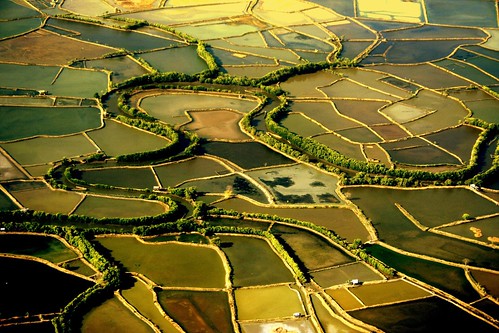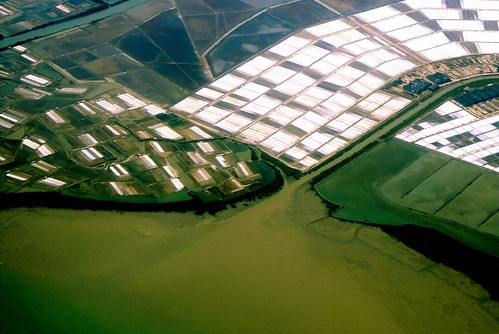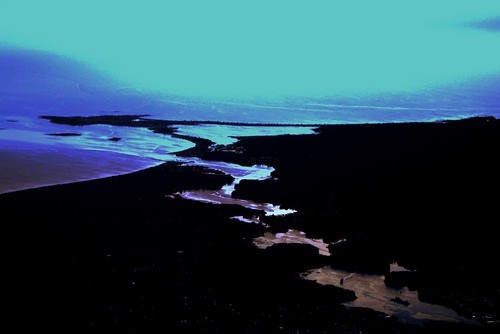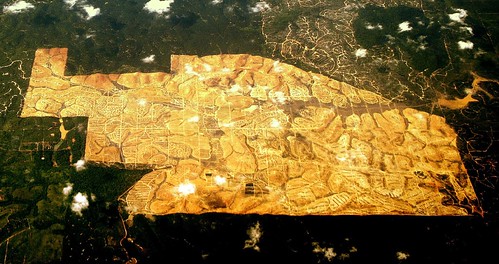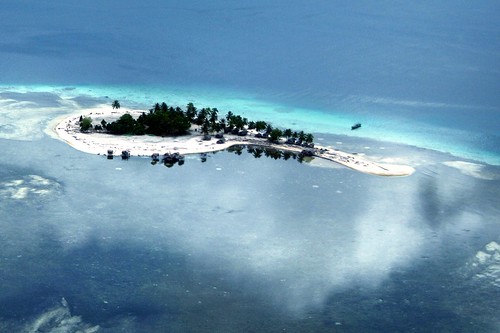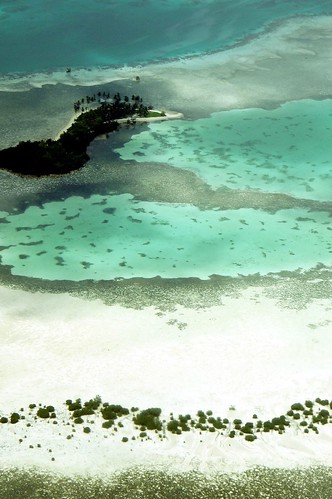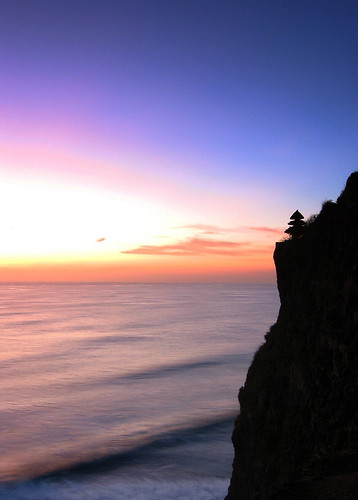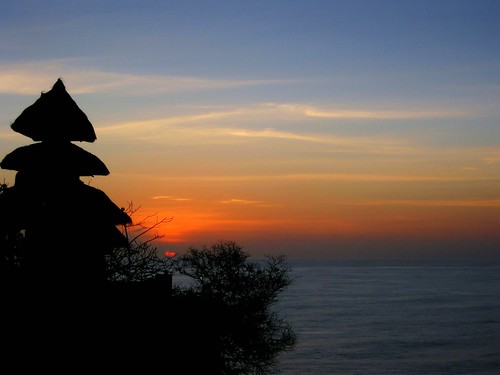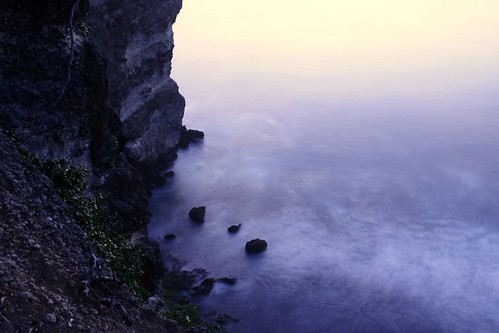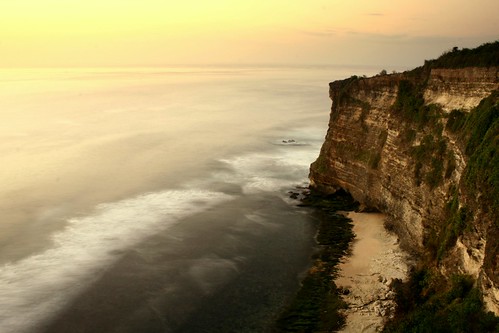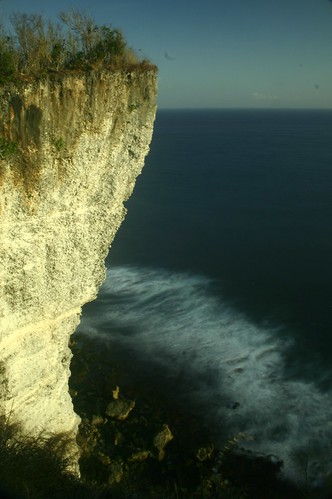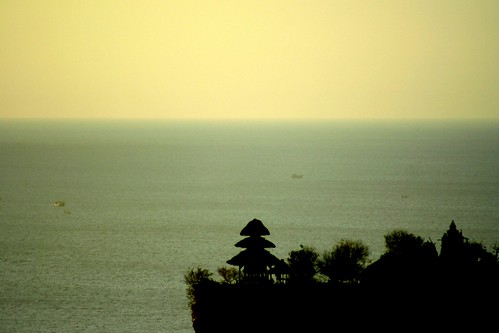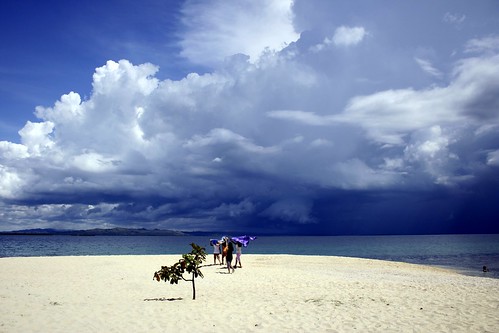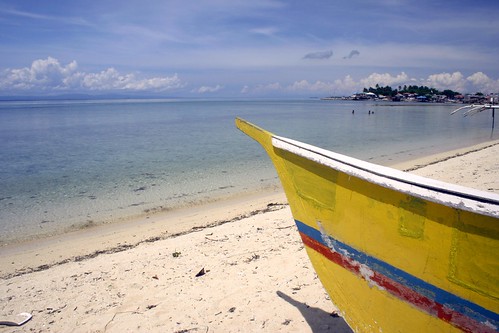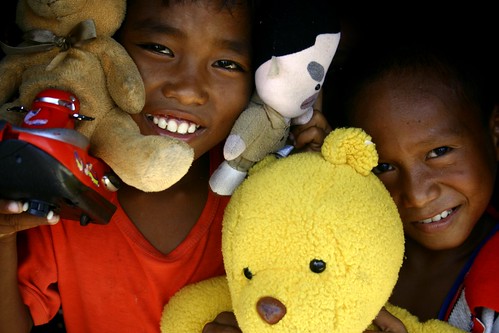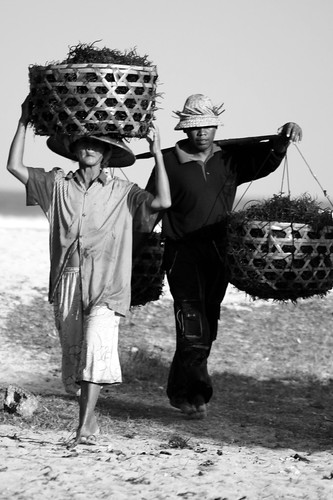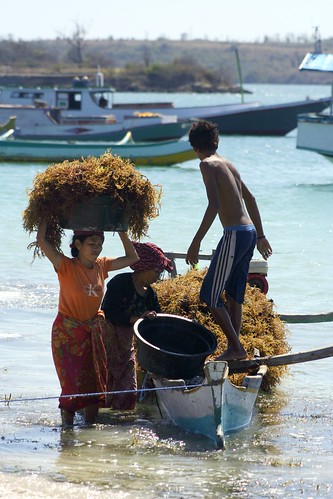Selamat Hari Raya, Maaf Lahir Bathin!
(Happy Holidays, Forgive my sins and the sins of the world)
This greeting is the felicitation once often hears in Indonesia and the rest of the Malay world, exchanged by all Muslims in commemoration of the end of the 1-month Ramadan fasting. That will be tomorrow, October 1, the Eid ul-Fitr or Eid il-Fitr, which is probably the most celebrated Eid in the Muslim world.
The day will definitely be marked by revelry, feast and personal splurge. Families reunite and people flock back to their villages much like the Chinese do during the Lunar New Year, or the Christians do during Christmas. Gifts will be exchanged, food will be shared and goodies will be given away. The event is also marked by alms-giving and personal introspection.
To all my Muslim friends in the world, Selamat Hari Raya, Maaf Lahir Batin! Eid Mubarak!
Here are pictures celebrating the culture of Islam.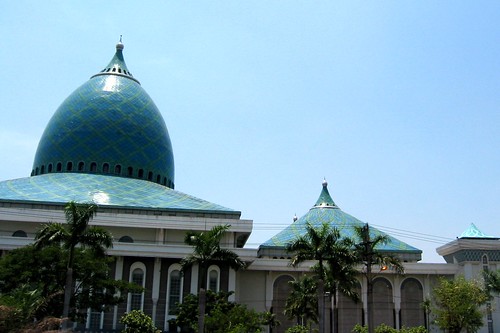
Canon PowerShot S40, 1/1000s, f/5.6, 7.1mm
Masjid Agung Surabaya, the biggest mosque in Java, Indonesia; March 15, 2007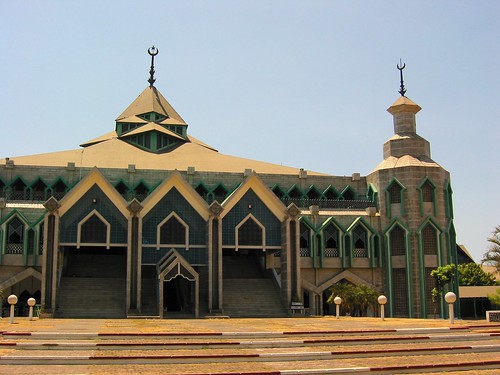
Canon PowerShot S40, 1/1000s, f/5.0, 8.6mm
Masjid Al Markaz Al Islami Jenderal Muhammad Yusuf, Makassar, South Sulawesi, the biggest mosque in East Indonesia; July 31, 2008
Canon EOS 350D Digital, 1/125s, f/7.1, 18mm, ISO 400
Girls playing in Stonetown, Zanzibar, Tanzania. Note the one in front with henna “tattoo”, a traditional ornamentation for the Eid; November 8, 2005
Canon EOS 350D Digital, 1/400s, f/10, 49mm, ISO 100
the House of Wonders, a famous Omani palace in Stonetown, Zanzibar, Tanzania, November 8, 2005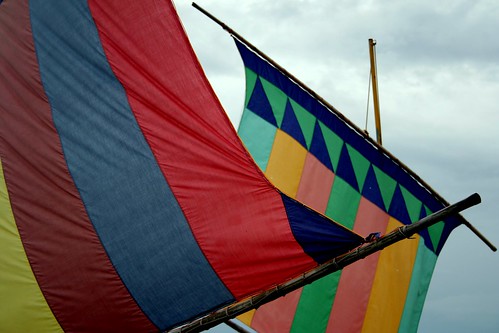
Canon EOS 350D Digital, 1/320s, f/5.6, 55mm, ISO 100, -1/3EV
the vintas or traditional Muslim boat sails, now a symbol of Zamboanga City, the Philippines, March 26, 2006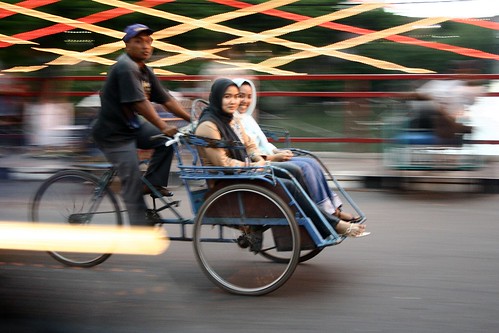
Canon EOS 350D, 1/10s, f/5.6, 41mm, ISO 800
Jembatan Merah, Surabaya, Indonesia, February 3, 2007. The ladies are wearing traditional hijab, or Muslim headscarves.
Canon EOS 350D, 1/25s, f/5.0, 61mm, ISO400, +1/3EV
another view of Masjid Agung, Surabaya, Indonesia, as seen through a blue-tinted window of the car; March 15, 2007






